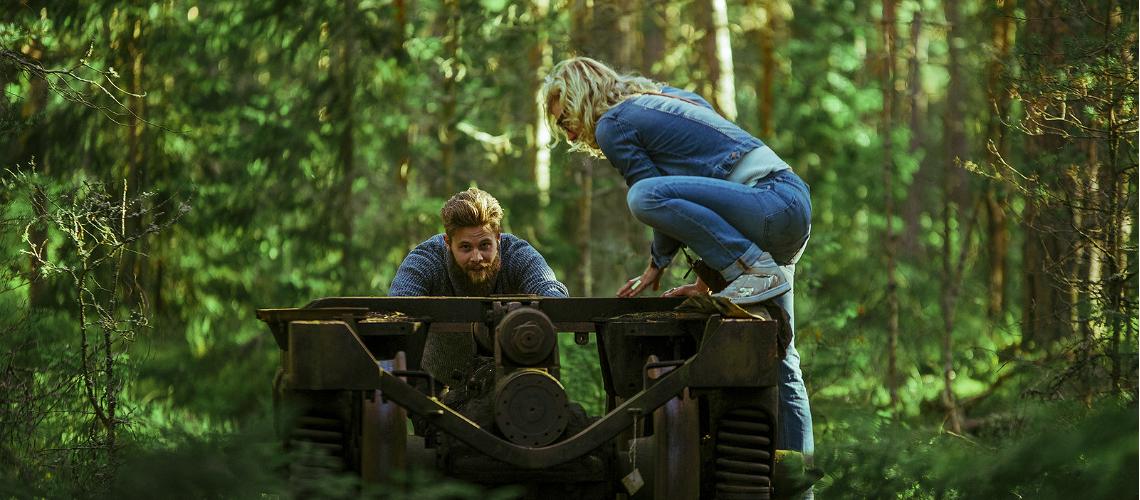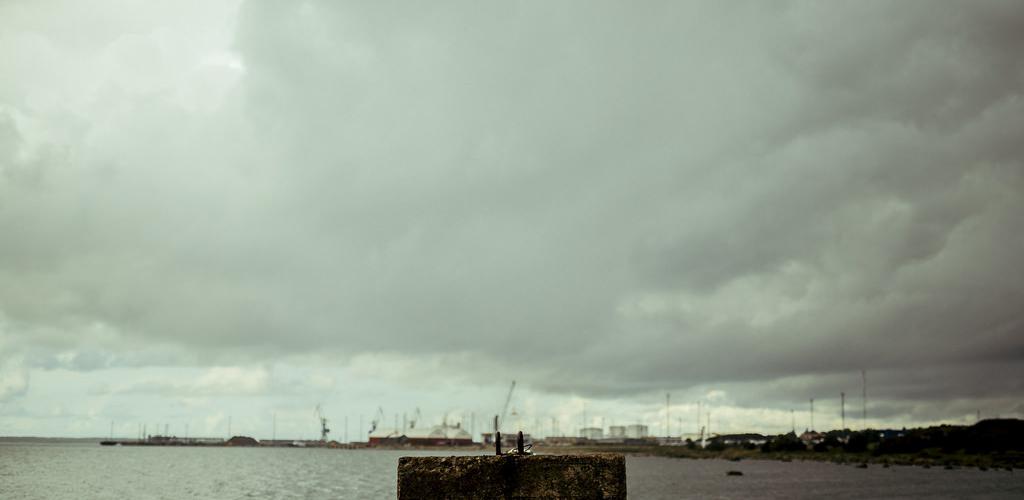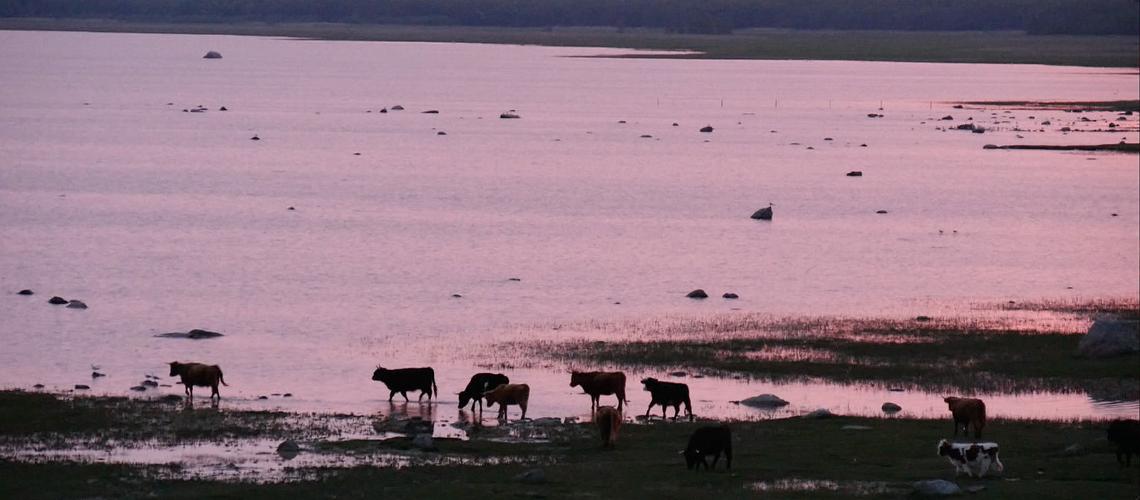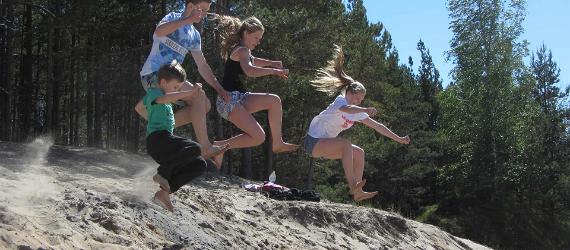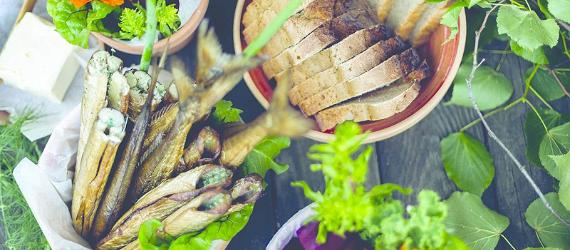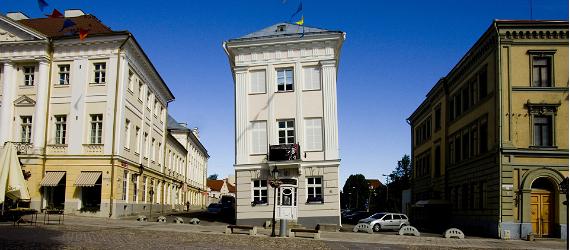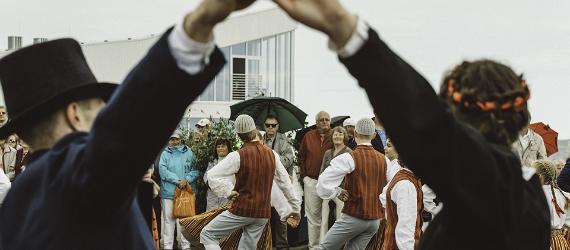There is an abundance of beautiful and well preserved sights in Estonia. Unfortunately some places have been left untended and they tend to fade. Summer is a time for rest and travel, so use this time to the fullest by visiting exciting places and unique buildings. You could organise an orienteering trip and find your way to less-frequented and fascinating locations. The charm of foregone eras is still palpable in these places, but time has started to take its toll and the historic traces have begun to fade.
Traces of Soviet times
Not all that far from Tallinn, you will find the island of Naissaar, which boasts scenic nature and is unharmed by an excess of tourists. The main sights of the island are a narrow-gauge railway, the Danish King's Garden, a Soviet factory for naval mines, various sea fortresses, St. Mary's Church and the cemetery of the Coastal Swedes. Also noteworthy is the Naissaare lighthouse, which has a long history. You can get around on foot, by bike, by Soviet transport or even by train! The hiking trails vary in levels of difficulty.
Paldiski was one of the most important army bases for both the Russian Empire and the Soviet Union. Come and see for yourself how the town, which sued to be a Soviet nuclear submarine study centre, has changed. Also worth a visit are the main building of the Paldiski train station, which was built in crown historicist style and is the best preserved station building in Estonia (closest to the original building).
For a long time, the Pakri Peninsula was closed off for the general public as it was used by the Soviet Army. This has lent a certain mystique to the place and given way to a lot of legends of strange submarines and UFO-s found by the soldiers. Pakri has a lot to offer both to nature lovers and culture aficionados. Among other treats, visitors come here for the limestone cliffs, a unique lighthouse, numerous bird species, rare plants and wild animals.
Time has stopped
The legendary ancient Kurese village is located in Pärnu County. This is an abandoned nucleated village with an irregular street pattern. The primary building material has been limestone and explorers can find several types of village buildings.
Do you know what the fourth largest island in Estonia is? One hint could be that it has been named after the Icelandic viking Orm (i.e. snake). Vormsi is best experienced with a bike tour that takes you to through the ancient villages of Coastal Swedes, picturesque nature and local sights.
The predecessor of the national park, Matsalu Nature Reserve, was created to protect birds and their nesting, moulting and stopover sites. Matsalu National Park currently includes a variety of nature trails and 7 birdwatching towers. There are only two higher areas of limestone on the flatlands – Kirbla mountain and the mountain called Salevere Salumägi. In addition to nature conservation, cultural heritage is also highly valued in Matsalu.
Fading skills
Knitting has regained popularity in recent years. In the olden days, sheep were grown in farms and yarn made of their wool, whereas, these days knitting fans get their materials from craft stores. Visitors of the Kabala wool mill can see how yearn was made back in the day. The machinery, which is over a 100 years old, is still operational in Kabala and used to spin yarn from wool.
The old Puraviku windmill has become a great smithy. Visitors can buy freshly made forgings made by the blacksmiths who work at the smithy. Despite the secrets of blacksmithing being slowly forgotten, it is still possible to learn about some of them here and even forge coins for fun.















